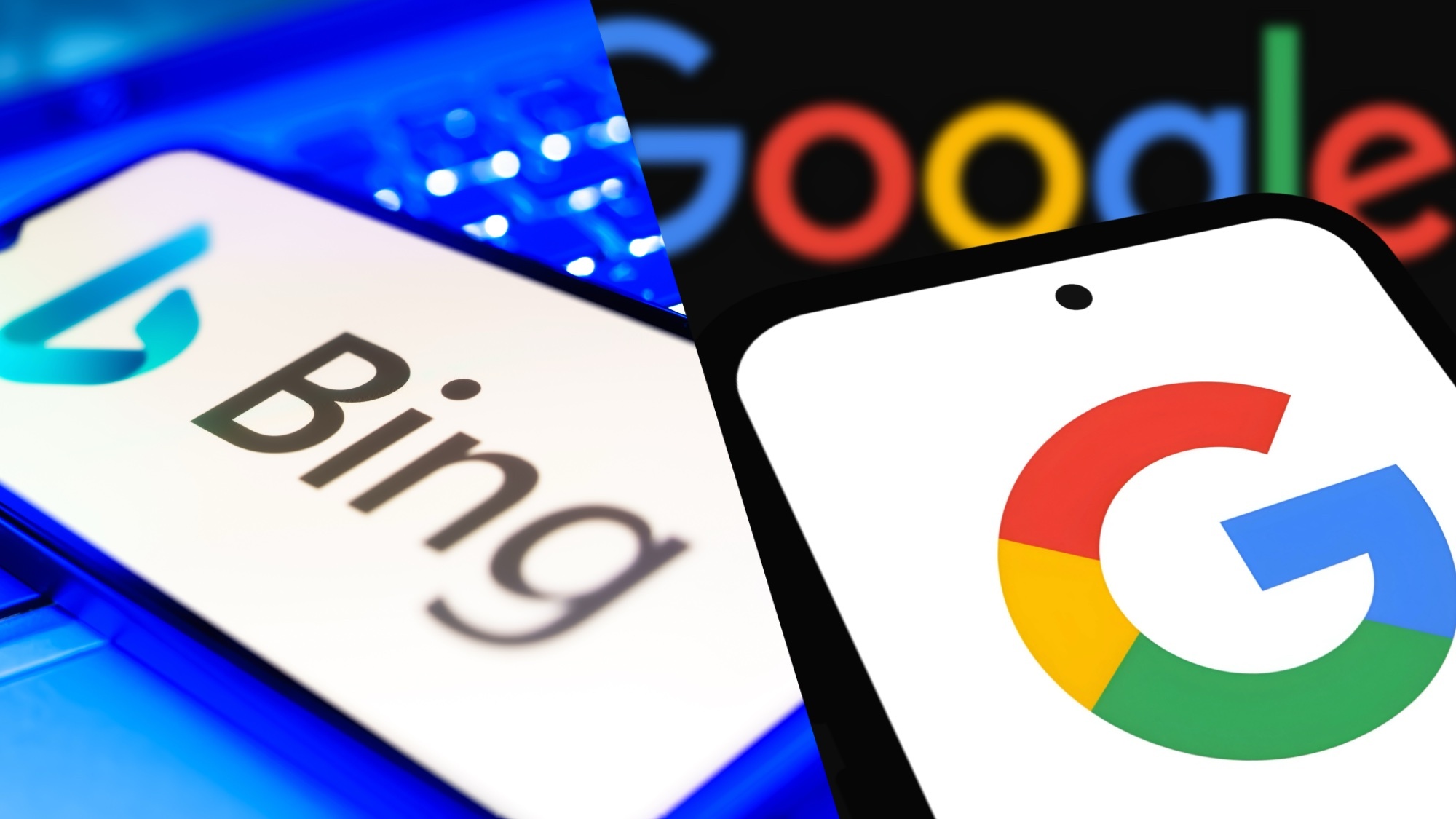In the ongoing battle for dominance in web search, Microsoft is deploying increasingly bold strategies to keep users from defecting to Google. The latest tactic is subtle yet powerful: when users type “Google” into Bing, they may see a prompt encouraging them to remain on Bing by suggesting their searches could help fund charitable causes via Microsoft Rewards. This maneuver frames staying on Bing not as a limitation but as a social good.
When a user searches for “Google,” Bing may display messages such as “Donate to thousands of nonprofits, every Bing search brings you closer,” and even invite users to convert accumulated Rewards points into donations. This not only frames continued use as benevolent, it can push the actual Google link farther down the results page, making it less immediately accessible.
Earlier experiments went further: Bing temporarily adopted a design that mimicked Google’s interface, centered search bar, minimal branding, doodle-style visuals, to deceive users into believing they were on Google. The intent was clear: reduce friction in staying on Bing. Critics labeled this a “dark pattern.”
However, Microsoft later discontinued the spoofed Google UI after backlash. The deceptive UI was withdrawn quietly, though Microsoft did not offer a public explanation.
These tactics reflect a broader shift in how platform companies retain users: by shaping default experiences, nudging choices, and subtly influencing user behavior. The charitable framing via Microsoft Rewards is an especially clever angle, users feel they are doing good by remaining within Microsoft’s ecosystem.
Microsoft is not stopping there. When users search for “Chrome” on Bing via Edge, a prominent banner now appears, comparing Edge favorably to Chrome. The banner lists built-in features such as Microsoft Rewards, AI personalization, and built-in VPN support, all positioned as reasons to favor Edge over Chrome.
Taken together, these tactics reveal Microsoft’s strategy: rather than relying solely on superior features or performance, it is actively intervening in user behavior. The goal is retention, ensuring that users do not even start the process of switching to Chrome.
From a commercial standpoint, this makes sense. Search and browser usage feed Microsoft’s broader ecosystem: ads, data, AI features, integrations, and monetization. Every user who stays in Bing or Edge strengthens Microsoft’s leverage in web services. For casual users, those unfamiliar or less invested, the donation incentive or interface mimicry may tip the balance.
Yet these tactics raise ethical and regulatory questions. Where does persuasive design become manipulation? Visual mimicry, automatic hiding of branding, and nudges at moments of user intent blur the line between choice and coercion. This is especially worrisome when exposed to users who may not distinguish between prompts and genuine results. Critics see such design as undermining trust and user autonomy.
Regulators are watching. Platform owners that control default settings or access points have been scrutinized in antitrust cases, particularly when those platforms favor their own services over fair competition. Repeated use of UI nudges or design bias could attract regulatory scrutiny.
For users, awareness is key. If your intention is to access Google or Chrome, use direct URLs or adjust default search settings manually. Check visible branding or URLs before clicking. For organizations or IT administrators, enforcing default settings and blocking experiment surfaces can limit exposure.
Microsoft’s campaign to get you to use Bing instead of Chrome hinges on reframing search behavior as charitable, leveraging subtle interface tactics, and turning intention into retention. The approach is clever, but it walks a fine line between marketing and manipulation. Whether it succeeds in the long run may depend not on a single tactic, but on whether users begin to question the defaults and demand greater transparency across platforms.
Also, see:
ARY Digital Marks 25 Years of Excellence
